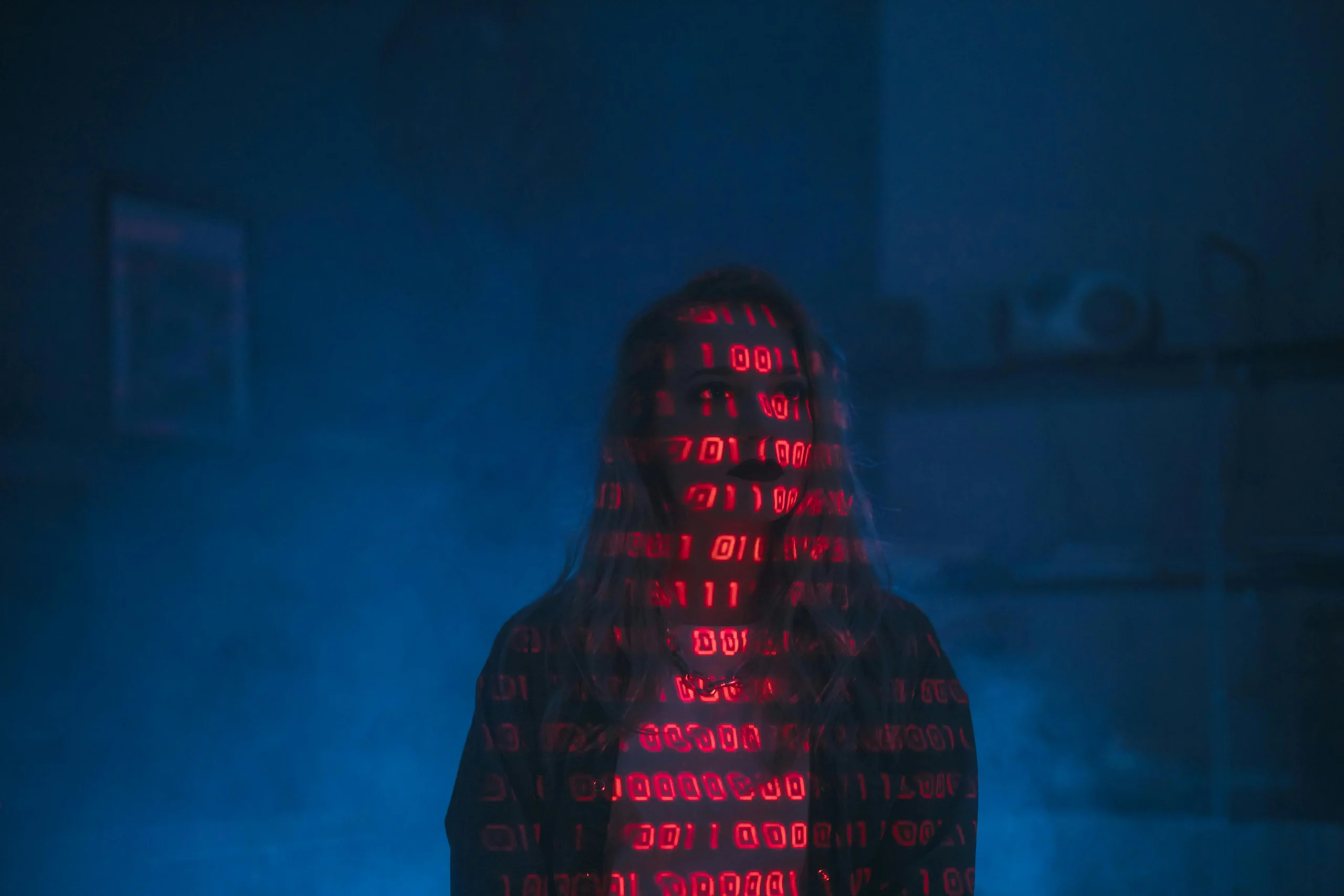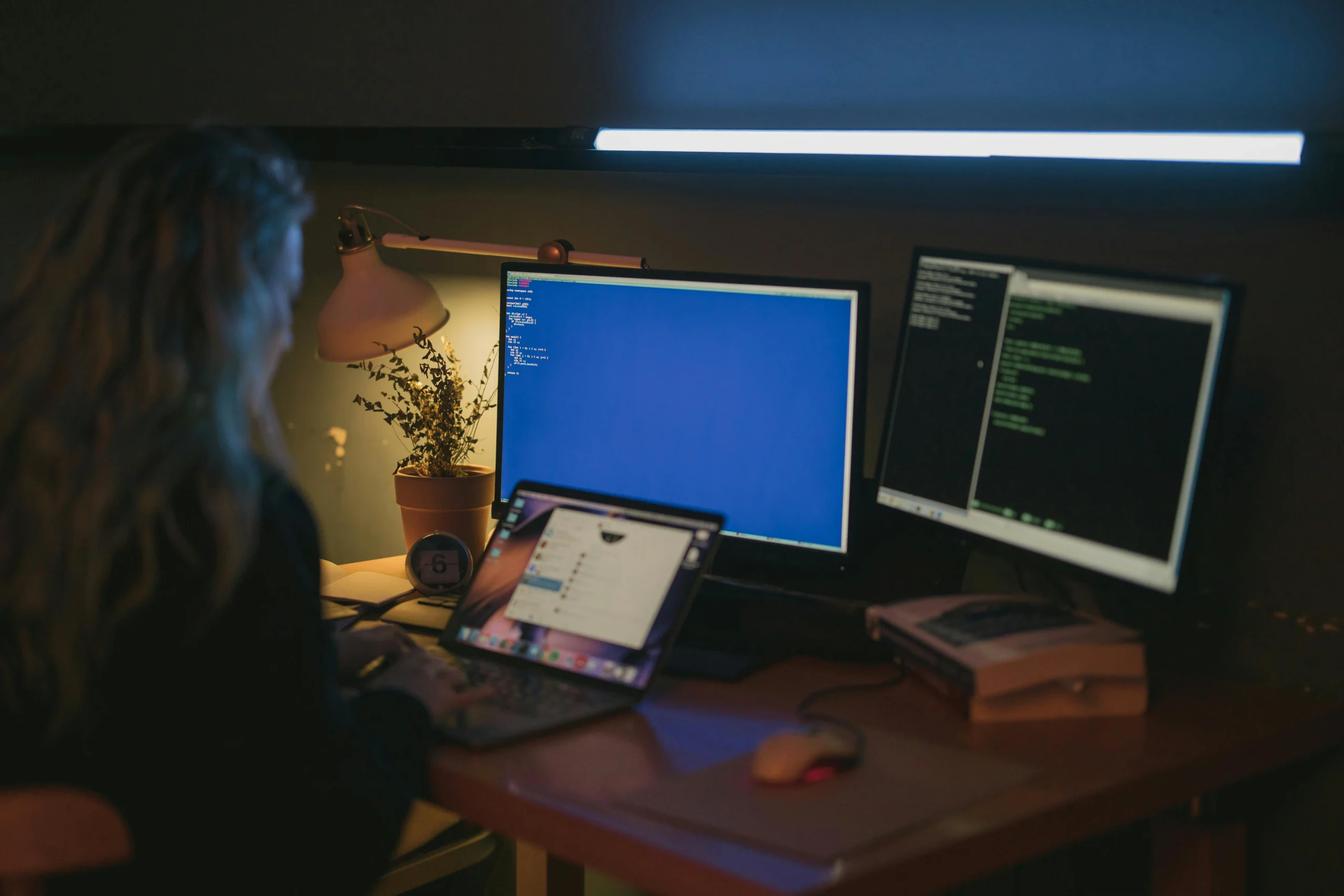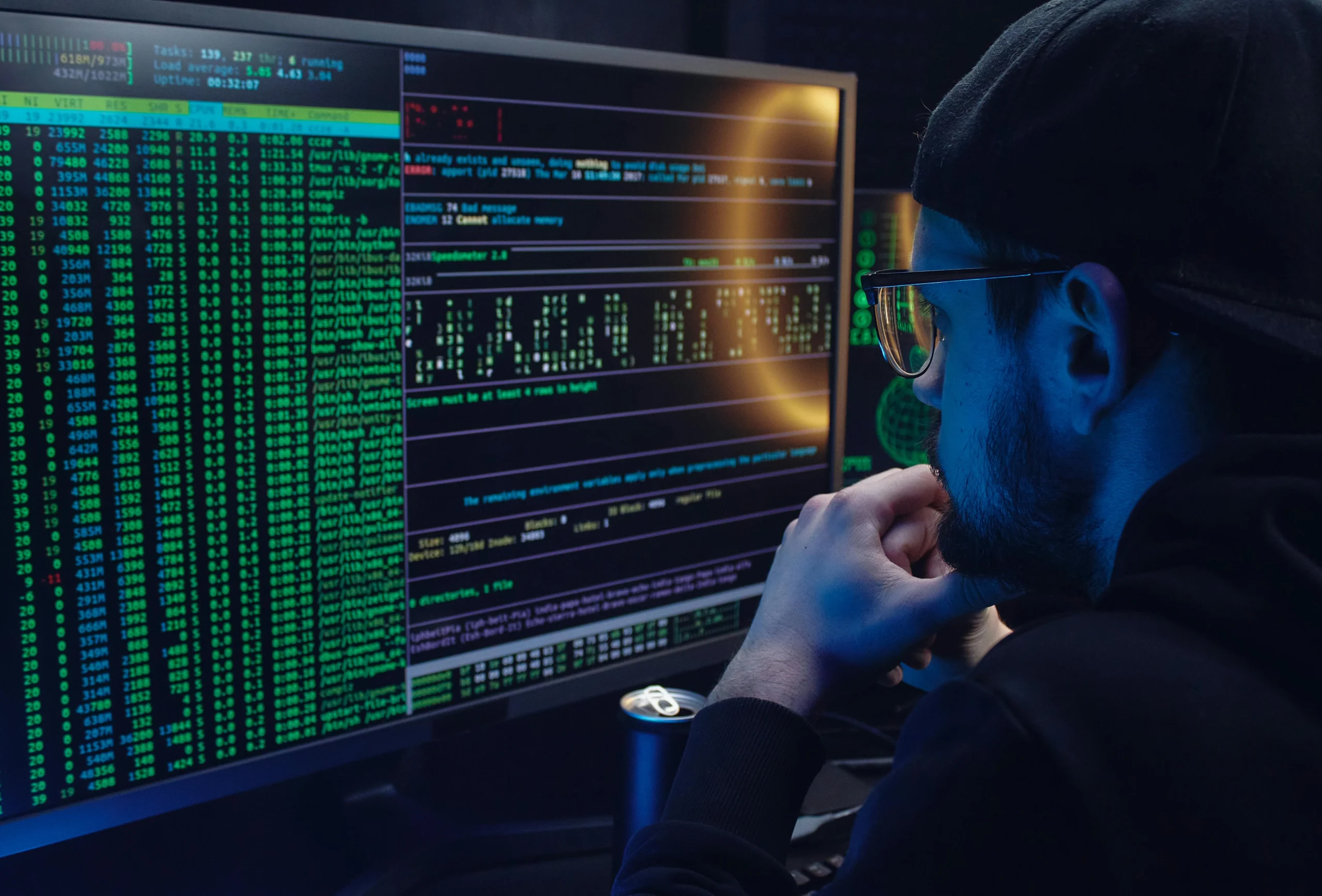Deepfake technology has evolved significantly since its inception around 2017, initially seen as crude. With innovations like GANs and diffusion models, even non-experts can easily create realistic images and videos, posing serious societal risks. An example includes a 2024 incident in Hong Kong where a fake video deceived a corporate employee into transferring a large sum of money. Furthermore, during the 2024 U.S. presidential elections, deepfake audio campaigns aimed to influence voter behavior, prompting regulatory responses from the FCC. These incidents illustrate the urgent need for enhanced risk management in companies to address direct threats from deepfakes.
Governments and organizations globally are striving to uphold ‘truth’ against these threats, implementing technical and regulatory measures. Notable advancements include digital watermarking and provenance tracking, with major tech firms like Adobe and Google leading initiatives to standardize authenticity in media. Comprehensive regulations like the EU AI Act aim to tackle misleading AI-generated content, while in the U.S., legal frameworks are still inadequately established, leading to challenges in safeguarding against deceptive practices. This landscape highlights the necessity for cross-sector crisis management that includes cybersecurity, public relations, and legal expertise to defend against the spreading tide of deepfakes.
👉 Pročitaj original: CIO Magazine






